Irrigation
-
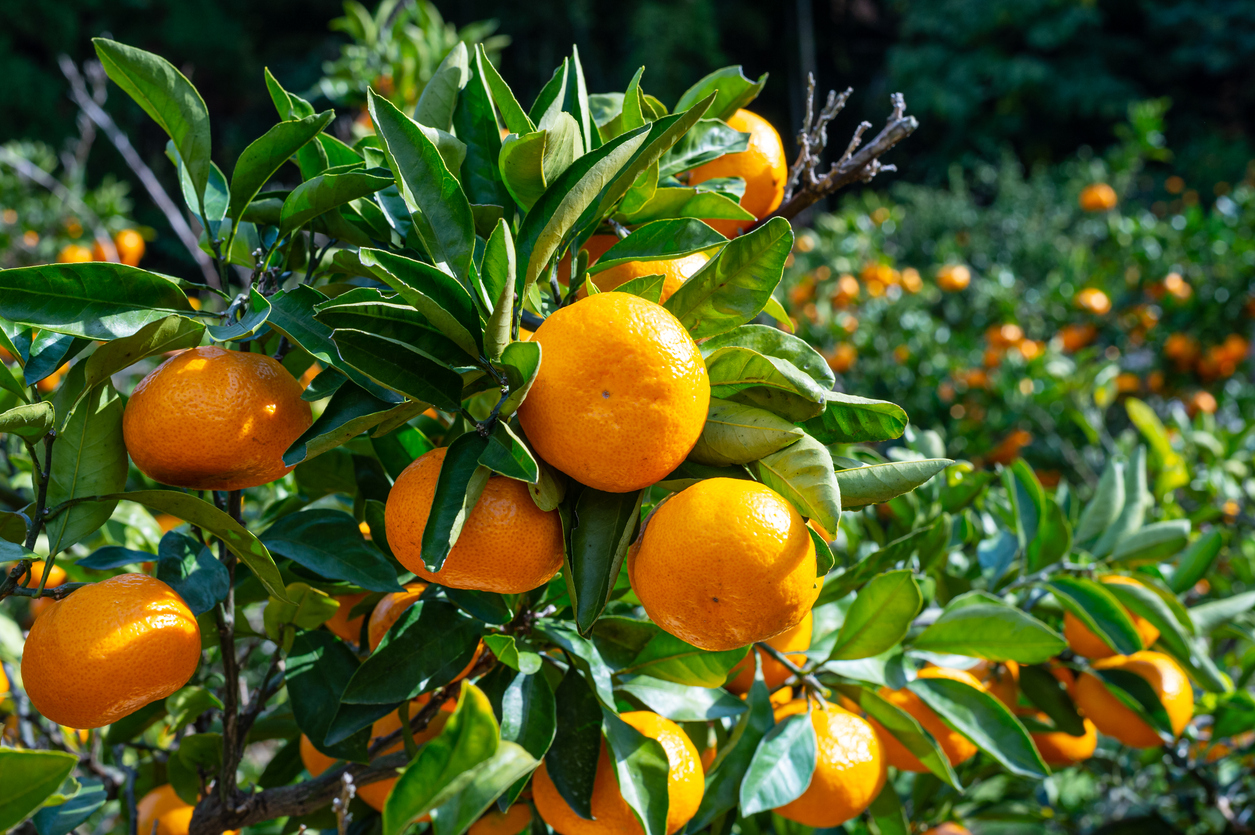
This resource provides citrus growers in Georgia with an overview of how different types of freeze events damage citrus trees, and both passive and active protection methods to protect citrus trees during freezes. Recovery from freeze events also is covered.
Mary Sutton and Jake Price
|
-

C 1331-01
The Bucket Method
This publication describes the Bucket Method and how someone would use this method to measure the streamflow in a stream, creek, or river to be used in developing a Low Flow Plan required for a agricultural withdrawal permit. Part of the Stream Flow Measurements series.
Gary L. Hawkins and Ernest W. Tollner
|
-

Crop water requirements are not static during the growing season. They vary with crop growth stages and environmental conditions. Advanced irrigation scheduling tools use data collected from or near the field where crops are growing to provide timely information on how much water crops need and when they need it, and generally result in optimizing irrigation water use.
Phillip Edwards, George Vellidis, Wesley Porter, Jason Mallard, David Hall, and Emily Kranz Bedwell
|
-

This circular contains the fundamentals of watermelon irrigation scheduling using the crop water demand method. Decisions regarding the timing, frequency, and amount of water required for a crop are some of the most critical factors in vegetable production. There are numerous irrigation scheduling strategies employed by growers, but the crop water demand method of irrigation management is one of the most reliable and precise ways to schedule irrigation. This method adjusts irrigation events using the crop evapotranspiration, or ETc.
Timothy Coolong, Laurel Dunn, Andre Luiz Biscaia Ribeiro da Silva, and Will Gay
|
-
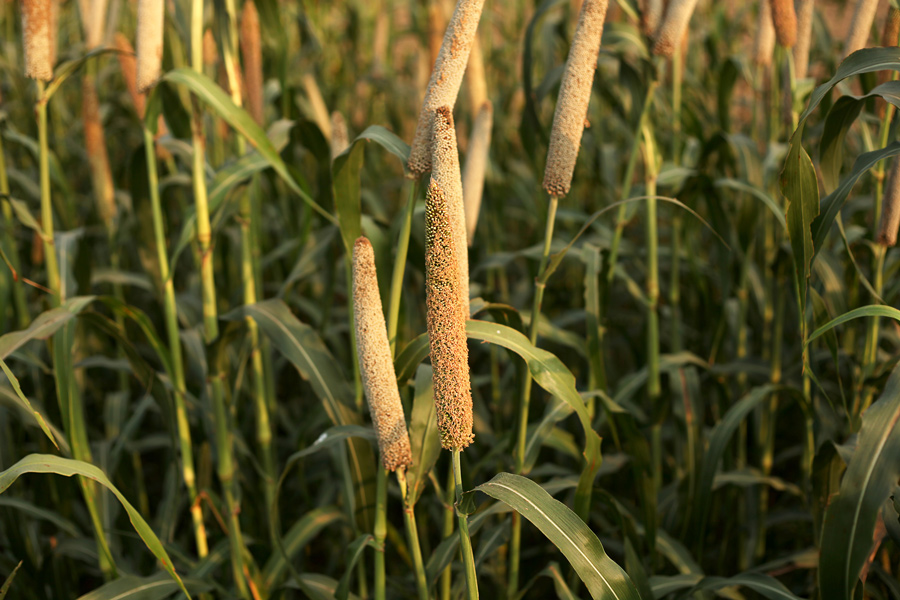
Nobody wants drought, but it’s been happening a lot in recent years in the Southeastern U.S. For farmers without irrigation, it may seem that little can be done besides accept what rain comes. However, by paying attention to forecasts and following general practices that help collect and retain moisture, risk can be reduced for all manner
of future climate conditions. Here are some ideas for what can be done, centered around two practices: first, knowing what’s in store; second, planning ahead.Carrie Anne Furman
|
-
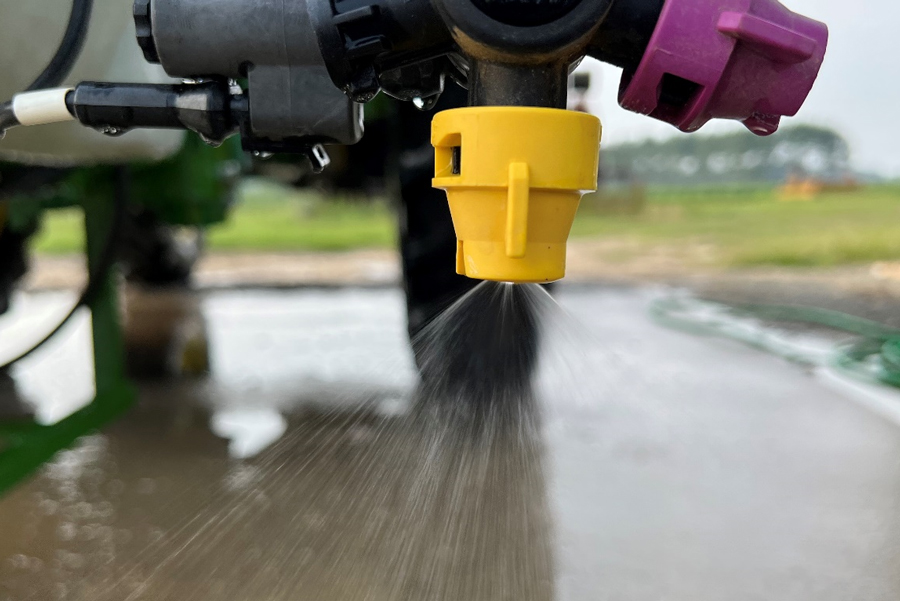
Pulse width modulation (PWM) technology is becoming a standard option on most new agricultural sprayers because of its ability to precisely regulate both flow rate and pressure over a wide range of travel speeds. This publication provides information on nozzle selection for sprayers equipped with PWM technology, including how to use PWM nozzle selection/tabulation charts, other useful online tools, and considerations for effective pesticide applications.
Simerjeet Virk
|
-

Irrigation systems are used by farmers and homeowners to supply supplemental
water to their crops. At the end of the growing season, the irrigation system should be checked and winterized to maintain proper operation for the coming season.This publication provides a list of suggested things that should by done on both drip and center pivot systems to help protect them during the winter months.
Gary L. Hawkins
|
-
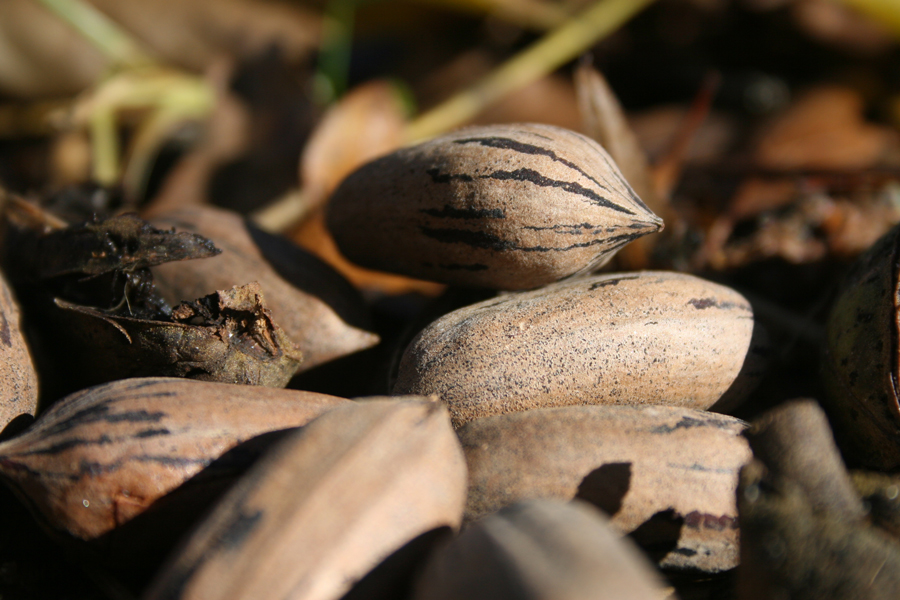
Pecan trees have high water requirements, using as much as 60 inches of total water (including rainfall) during the growing season. Georgia receives an average of 50 inches or more of rainfall annually. While the rainfall received certainly meets a portion of the water requirement for pecan trees, periods of moisture stress occur during the growing season, particularly during the months of August and September when pecans are in the kernel filling stage and water demand is at its peak. Thus, irrigation has been proven to markedly enhance pecan production in the region.
With increasing agricultural water use, a growing population, and declining groundwater levels, irrigation efficiency in the region is necessary for sustainability. Drip and micro-irrigation system design capacity for a mature pecan orchard should be 3600-4000 gallons of water per acre per day. Because of evaporation losses, solid-set sprinkler irrigation can require as much as 3 times more supplemental water than drip or micro-irrigation.
Solid set irrigation systems should have a design capacity of 1.5–2 inches per week. Water stress in pecan is correlated with soil moisture from budbreak through the end of nut sizing. Pecan trees bearing a moderate to heavy crop load may undergo water stress during the kernel filling stage regardless of soil moisture level. This suggests that crop load and nut development drive the tree’s demand for water.
Lenny Wells
|
-
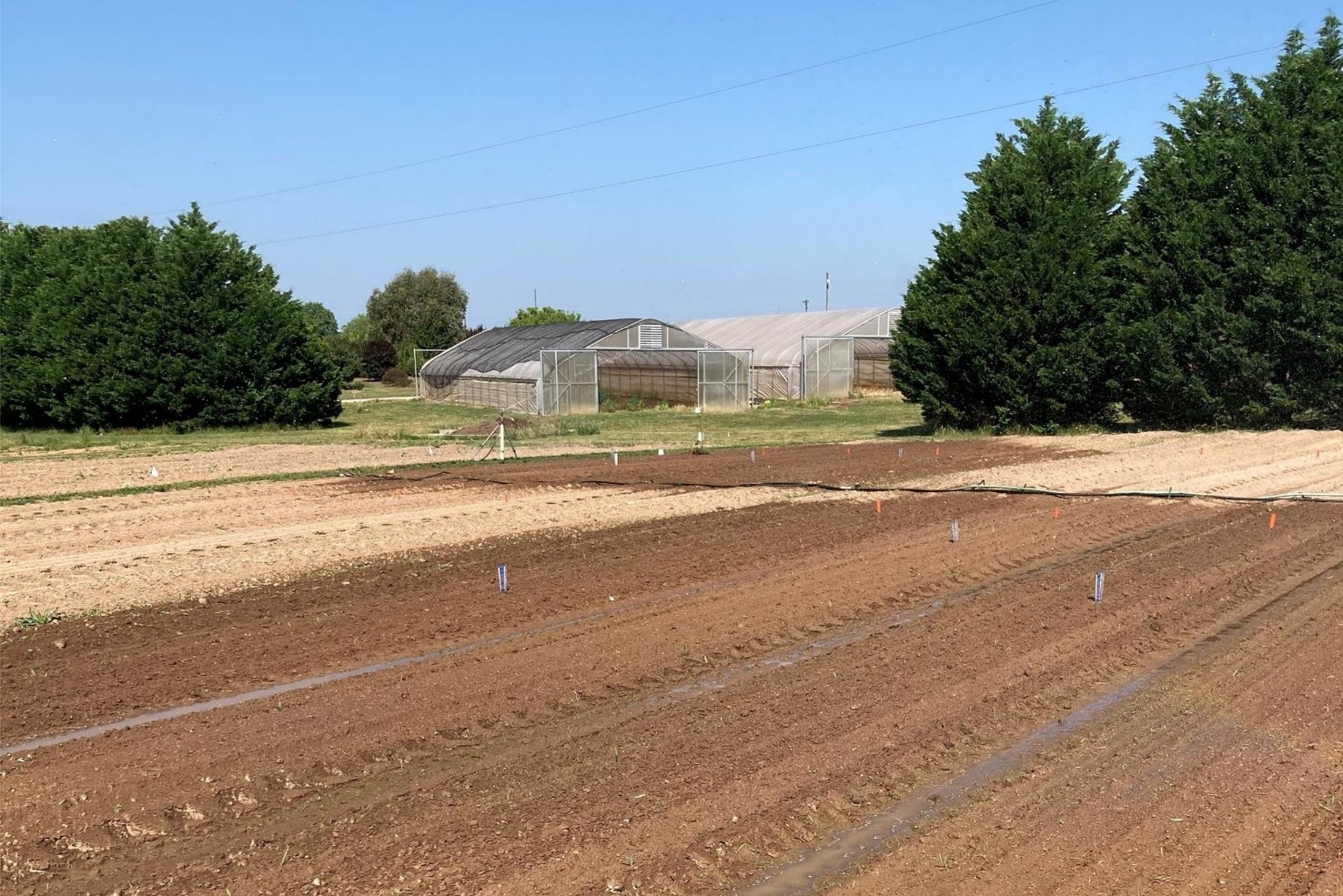
This publication highlights some of the ongoing research into using SSDI in organic vegetable crop production. SSDI facilitates cultivation without harming drip tubing and limits surface soil wetting, which may also reduce weed pressure. Prior research has shown that SSDI offers some advantages over surface-placed drip tubing in conventionally grown crops (Coolong, 2016).
Timothy Coolong, Nicholas Tuschak Basinger, Kate Cassity-Duffey, and Ted McAvoy
|